The Role of aromatic compounds & spices in modern formulations.
Exploring the Essence: The Role of Traditional Aromatic Compounds and Spices in Modern Formulations
In the dynamic realm of skincare and cosmetics, where innovation meets ancient wisdom, traditional aromatic compounds and spices have emerged as powerful ingredients that transcend time and culture. These natural treasures, celebrated for their therapeutic properties and captivating scents, are redefining beauty rituals worldwide. Join us as we unravel the profound influence of traditional aromatic compounds and spices on modern formulations.
From the fragrant incense offerings of ancient civilizations to the meticulously crafted perfumes of today, aromatic compounds and spices have captivated humanity for millennia. Their journey transcends mere sensory pleasure; they have played a vital role in medicine, food preservation, cultural rituals, and even social status. The potent properties of these natural wonders continue to inspire modern formulators in various industries, including cosmetics, pharmaceuticals, and food science. This blog delves into the enduring legacy of traditional aromatics and spices, exploring their multifaceted roles in modern formulations.
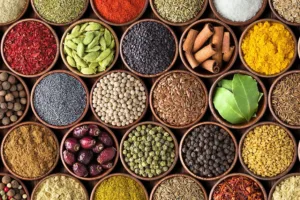
Aromatic Tapestry: A Historical Perspective
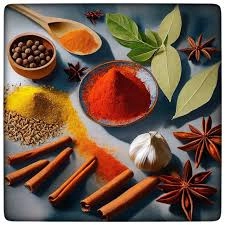
The history of aromatic compounds and spices is interwoven with the very fabric of human civilization. Here’s a glimpse into their fascinating past:
- Ancient Allure: Evidence suggests the use of aromatics dates back to prehistoric times. Fragrant resins, herbs, and woods were burned for religious ceremonies and embalming practices in ancient Egypt, Mesopotamia, and the Indus Valley Civilization.
- Silk Road Spices: The Silk Road, a network of trade routes connecting East and West, facilitated the exchange of spices like cinnamon, ginger, nutmeg, and cloves. These precious commodities were not just culinary delights, but also used for medicinal purposes and as symbols of wealth and status.
- The Age of Exploration: European exploration of the Americas and Asia led to the discovery of a treasure trove of new aromatic plants and spices. Vanilla, chili peppers, and allspice found their way into kitchens and medicine cabinets worldwide.
- Modern Science Takes Root: The 19th and 20th centuries witnessed advancements in organic chemistry, leading to the identification and extraction of individual aromatic compounds from natural sources. This paved the way for the development of synthetic fragrances and flavors.
Beyond Fragrance: The Functional Power of Aromatics and Spices
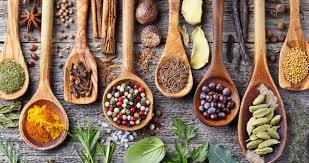
While their captivating scents are undeniable, the true power of traditional aromatics and spices lies in their diverse functional properties:
- Antioxidant Powerhouse: Many aromatic plants are rich in antioxidants, compounds that combat free radicals and oxidative stress, implicated in aging and various diseases. Spices like cloves, turmeric, and rosemary have been shown to possess significant antioxidant activity.
- Nature’s Antimicrobials: Certain aromatics exhibit antimicrobial properties, helping to preserve food and combat the growth of harmful bacteria. Spices like cinnamon, oregano, and thyme have been used for centuries to extend the shelf life of food.
- Medicinal Marvels: Traditional medicine systems around the world have long utilized aromatics and spices for their therapeutic properties. Ginger is known for its anti-nausea effects, while turmeric boasts anti-inflammatory properties. Modern research continues to explore the potential health benefits of these natural wonders.
- Aromatic Appeal: Beyond their functional benefits, the captivating scents of aromatics play a significant role in influencing mood, memory, and even behavior. Studies suggest essential oils like lavender and chamomile can promote relaxation, while citrusy notes like lemon and grapefruit can elevate mood.
Aromatic Innovation: Spices and Aromatics in Modern Formulations
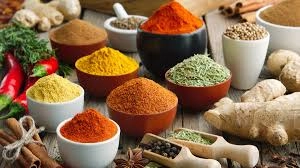
The legacy of traditional aromatics and spices extends far beyond their historical roots. Modern formulators are harnessing their unique properties to create innovative products across various industries:
- Cosmetics: Essential oils derived from plants like lavender, rose, and sandalwood are finding their way into skincare products for their soothing and anti-inflammatory properties. Spices like turmeric and ginger are being incorporated into anti-aging formulations for their antioxidant benefits.
- Food Science: Natural extracts from spices are being used as replacements for synthetic preservatives in food products. Additionally, the flavor profiles of spices are being combined to create innovative culinary experiences.
- Pharmaceuticals: Research is ongoing to explore the potential of specific aromatic compounds in developing new therapeutic agents. For instance, curcumin, the active ingredient in turmeric, is being investigated for its potential role in managing chronic diseases like Alzheimer’s and arthritis.
- Aromatherapy: The therapeutic use of essential oils for promoting well-being continues to gain popularity. Aromatherapy practitioners utilize diffusers and massage blends to address various concerns like anxiety, muscle tension, and sleep disturbances.
Sustainable Sourcing: A Responsibility for the Future

The increasing demand for aromatic compounds and spices necessitates responsible sourcing practices. Here are some key considerations:
- Ethical Sourcing: Ensuring fair trade practices and supporting local communities involved in the cultivation and harvesting of these natural resources is crucial.
- Sustainable Cultivation Techniques: Promoting organic farming and minimizing the environmental impact of spice production are essential for long-term sustainability.
- Conservation Efforts: Protecting endangered plant species that are sources of valuable aromatic compounds is vital to safeguard their availability for future generations.
Embracing Centuries of Wisdom: The Benefits of Traditional Aromatic Compounds and Spices
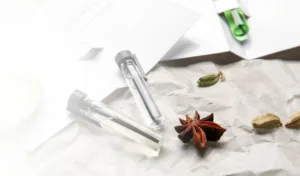
- Antioxidant Fortification: One of the cornerstone benefits of traditional aromatic compounds and spices lies in their potent antioxidant properties. Ingredients such as turmeric, cinnamon, and cloves are rich in antioxidants that combat free radicals, which contribute to premature aging and skin damage. By integrating these antioxidants into skincare products, formulations can effectively protect the skin from environmental stressors, promoting a youthful and radiant complexion.
- Anti-Inflammatory Efficacy: Many traditional spices, including ginger, cardamom, and nutmeg, boast remarkable anti-inflammatory benefits. Inflammation is a common underlying factor in various skin conditions such as acne, redness, and irritation. Incorporating these spices into skincare formulations helps to soothe and calm the skin, restoring balance and enhancing overall skin health.
- Natural Preservation and Stability: Essential oils derived from lavender, rosemary, and tea tree possess natural antimicrobial properties, making them invaluable in skincare formulations for their ability to preserve products without synthetic additives. This aligns with the increasing consumer demand for clean and natural beauty solutions.
- Aromatherapeutic Delight: Beyond their skincare benefits, traditional aromatic compounds and spices offer profound aromatherapeutic advantages. Lavender, chamomile, and rose are renowned for their calming and stress-relieving effects, enhancing the sensory experience of skincare rituals and promoting a sense of well-being.
- Skin Brightening and Radiance: Turmeric, saffron, and licorice are celebrated for their skin-brightening properties, effectively diminishing hyperpigmentation and promoting a luminous complexion. These ingredients are pivotal in modern formulations aimed at enhancing skin clarity and radiance.
Modern Applications and Innovations
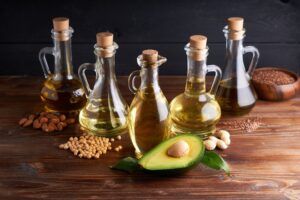
- Serums and Treatments: Traditional aromatic compounds and spices are prominently featured in concentrated serums and treatments targeting specific skincare concerns such as aging, hydration, and rejuvenation. Their potent actives penetrate deep into the skin, delivering transformative results.
- Face Masks and Exfoliants: Spices like paprika, turmeric, and cinnamon are utilized in face masks and exfoliating treatments for their gentle exfoliating properties and ability to stimulate circulation, revealing smoother and revitalized skin.
- Cleansers and Toners: Aromatic compounds such as citrus oils, peppermint, and eucalyptus are popular in cleansers and toners for their refreshing and purifying effects. They cleanse the skin while invigorating the senses, making daily skincare routines both effective and enjoyable.
Sustainability and Ethical Considerations
The resurgence of traditional aromatic compounds and spices in skincare formulations also underscores the industry’s commitment to sustainability and ethical sourcing. Brands are increasingly prioritizing ingredients that support local communities, promote biodiversity, and adhere to environmentally responsible practices.
Conclusion
In conclusion, the integration of traditional aromatic compounds and spices into modern skincare and cosmetic formulations represents a harmonious convergence of ancient wisdom and scientific advancement. These ingredients not only offer tangible skincare benefits but also enrich the sensory experience of beauty rituals and uphold values of sustainability and ethical sourcing. As consumer preferences shift towards natural and efficacious beauty solutions, the role of traditional aromatic compounds and spices continues to evolve, shaping the future of skincare and cosmetics for generations to come.
Embark on a journey through time and tradition in your skincare regimen—where the essence of ancient wisdom meets the innovation of modern science, and beauty blooms anew.

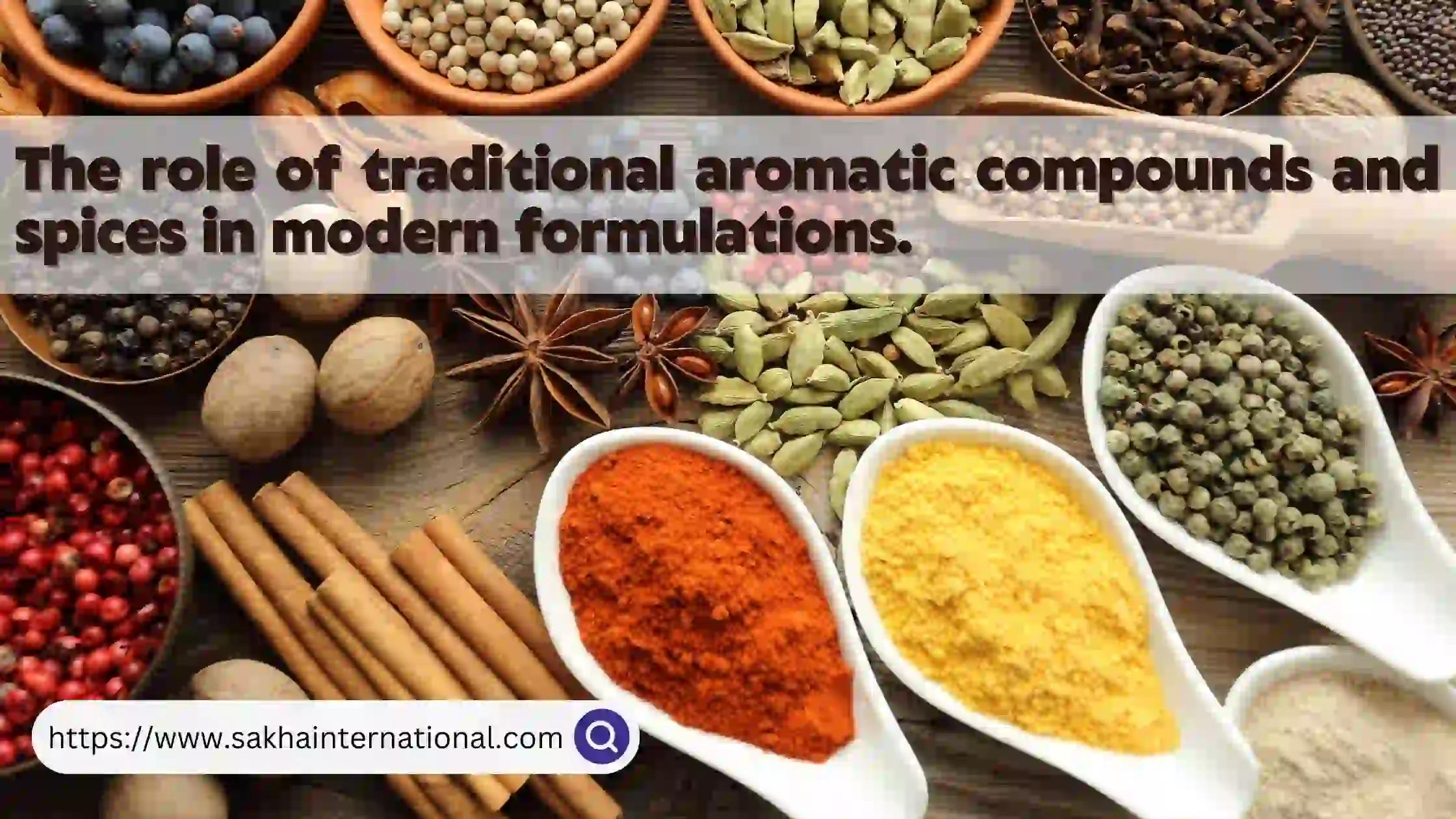




Leave A Comment